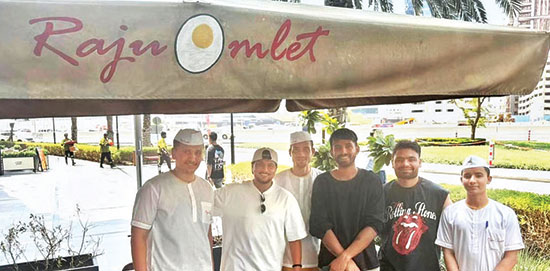Blitz Bureau
NEW DELHI: WHEN most restaurants aim to offer ‘a little bit of everything’ to capture a broad audience, Raju Omlet made a strikingly different choice: focus almost exclusively on eggs (and chai).
In any market saturated with multi-cuisine cafés and global chain menus, it seems risky, but the chain turned the constraint into its competitive edge.
Rather than rounding out the menu by adding burgers, pizzas or pastas, Raju Omlet deepened the eggs proposition. Starting with 11 items, the menu grew to 60+ variations: from ‘power omelettes’ for the health-conscious to gravybased omelettes that lean spicier and more Indian in palette.
Tea offerings climbed from standard chai to five distinct variants – including strong, masala, mint, cardamom and ginger—with Kashmiri chai soon to join. Serving pavs or parathas alongside the eggs gives the meal an Indian street-snack DNA.
From a strategic standpoint, this focus offers clear advantages. Simpler supply chain, consistent cooking processes, faster training, and less risk of mediocre execution across hundreds of dishes. It also allows brand coherence – customers know exactly what Raju Omlet stands for.
Critics might argue that narrower menus limit growth, but the counter-argument is: growth through repetition, frequency and experience, not through menu breadth alone. Being known for one thing done well may drive more visits than being known for many things done averagely.
In effect, Raju Omlet leveraged the paradox of variety: you restrict your core product, but you still give the customer perceived choice through nuance. It is a lesson not just in food operations, but in brand architecture: own a domain, innovate within it, and let your identity stay crisp.



